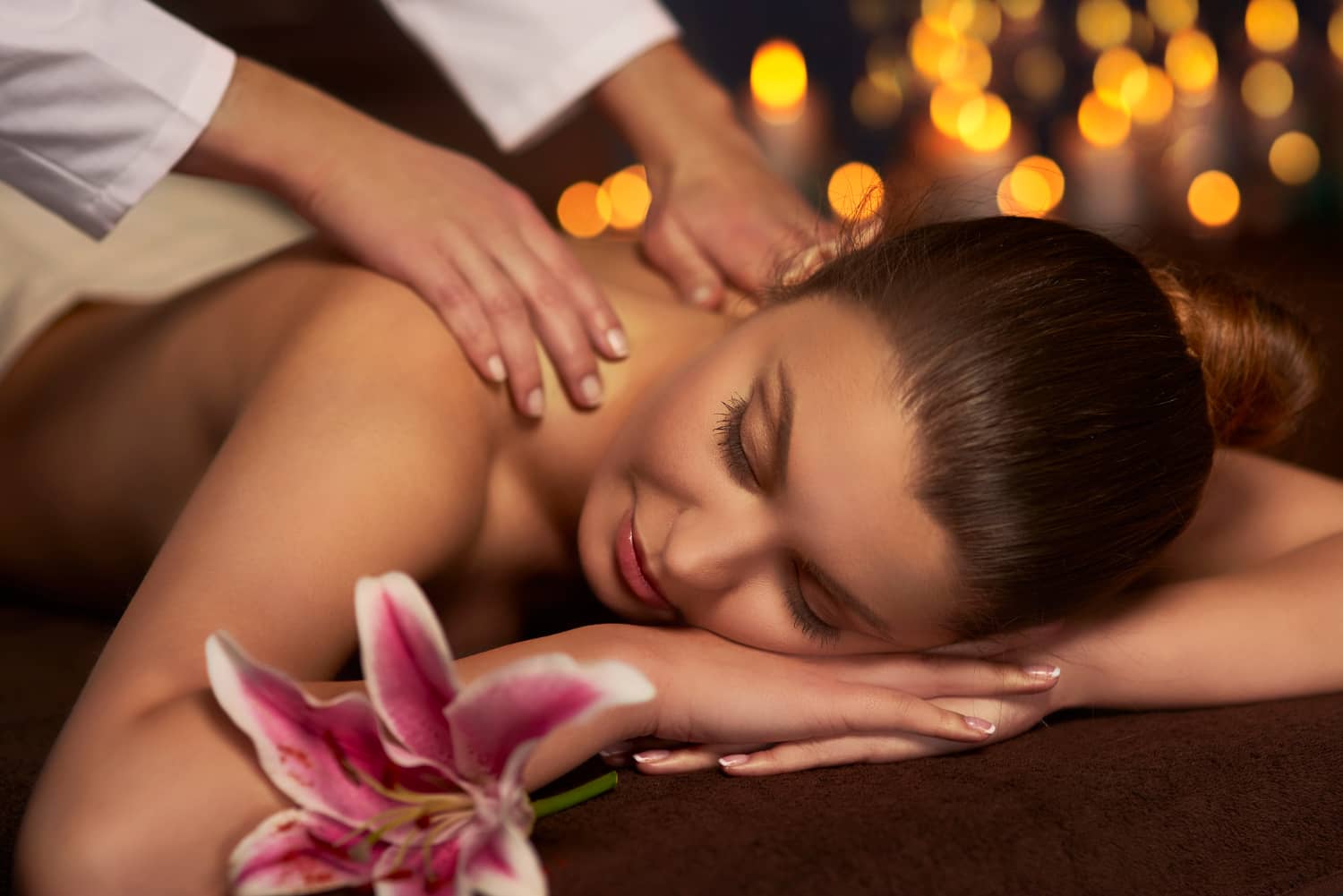
In the field of relaxation and rejuvenation, massage therapy stands as a universal indulgence. Two popular approaches that have gained global recognition are the Asian and Swedish massage. While both aim to alleviate stress and tension and promote overall well-being, they stem from different traditions, philosophies, and techniques. This blog will unravel the nuances that set Asian and Swedish massages apart.
The Essence of Asian Massage
Asian massage, deeply rooted in ancient healing practices, encompasses a variety of techniques that originate from diverse cultures such as Chinese, Thai, Japanese, and Indian. One common thread among these techniques is the emphasis on the body's energy flow and its impact on health. Energy pathways understood as meridians in Traditional Chinese Medicine (TCM) or sen lines in Thai massage are believed to influence the body's physical and mental equilibrium.
In Asian massages, the practitioner uses techniques like acupressure, stretching, and deep tissue manipulation to stimulate these energy pathways. Thai massage, for instance, involves passive stretching and rhythmic compression, focusing on improving flexibility and balancing energy. Shiatsu, rooted in Japanese tradition, applies pressure to specific points along the meridians to release tension and promote relaxation.
The Swedish Massage Experience
Contrastingly, Swedish massage emerged in the early 19th century as a Western therapeutic approach pioneered by Per Henrik Ling. This technique strongly emphasizes anatomy and physiology, focusing on muscle and joint manipulation. The foundation of Swedish massage revolves around four primary strokes:
· Effleurage (long gliding strokes)
· Petrissage (kneading and squeezing)
· Friction (rubbing)
· Tapotement (rhythmic tapping)
The primary goal of Swedish massage is to enhance blood circulation, reduce muscle tension, and induce relaxation. This technique is often considered gentler than deeper pressure techniques in Asian massages. Swedish massage doesn't delve into the energy pathways but targets physical discomfort and stress.
Philosophical Underpinnings
To understand the divergence between Asian and Swedish massages, exploring their philosophical foundations is essential. Asian massages are closely linked to life force energy, known as "Qi" in Chinese or "Prana" in Indian traditions. These massages aim to remove blockages and restore the harmonious flow of this energy throughout the body.
On the other hand, Swedish massage aligns with a more medical perspective, focusing on manipulating soft tissues and joints to alleviate specific physical issues. The strokes and techniques employed in Swedish massage are intentionally designed to cater to various muscle groups and help conditions such as muscle knots, stiffness, and even sports injuries.
Pressure and Technique Variation
One of the most distinctive differences between Asian and Swedish massages lies in applying pressure and techniques. Asian massages often involve deeper pressure, targeting specific points along energy pathways. These techniques can sometimes be intense and are intended to release tension and stimulate energy flow.
In contrast, Swedish massage employs a lighter to moderate pressure to induce relaxation and improve blood circulation. The four foundational strokes provide a comprehensive approach to addressing muscle tension and promoting peace.
Cultural Context and Setting
Cultural context recreates a meaningful role in shaping the experience of these massages. Asian massages often take place in settings that evoke a sense of tranquility and spirituality, reflecting the holistic approach of Eastern traditions. These settings contribute to a serene ambiance that complements the spiritual essence of Asian massages.
On the other hand, Swedish massage is often associated with clinical or spa settings. The focus is primarily on the physical benefits, and the ambiance tends to be more neutral and soothing without the spiritual or energetic undertones found in Asian massages.
Conclusion
In massage therapy, Asian and Swedish massages offer unique relaxation, rejuvenation, and healing approaches. Asian massages delve into the intricate network of energy pathways, drawing from ancient traditions and holistic philosophies. Swedish massage, originating from the West, targets the physical aspects of relaxation through specific strokes and techniques.
Ultimately, the choice between these massages depends on individual preferences and needs. Whether seeking to restore energy flow or alleviate muscle tension, Asian and Swedish massages present distinct avenues to unwind and revitalize in the ever-evolving wellness landscape.Mei Li Soothing Massage is your destination for having a specialist for assistance. Also, please speak with us for further info.